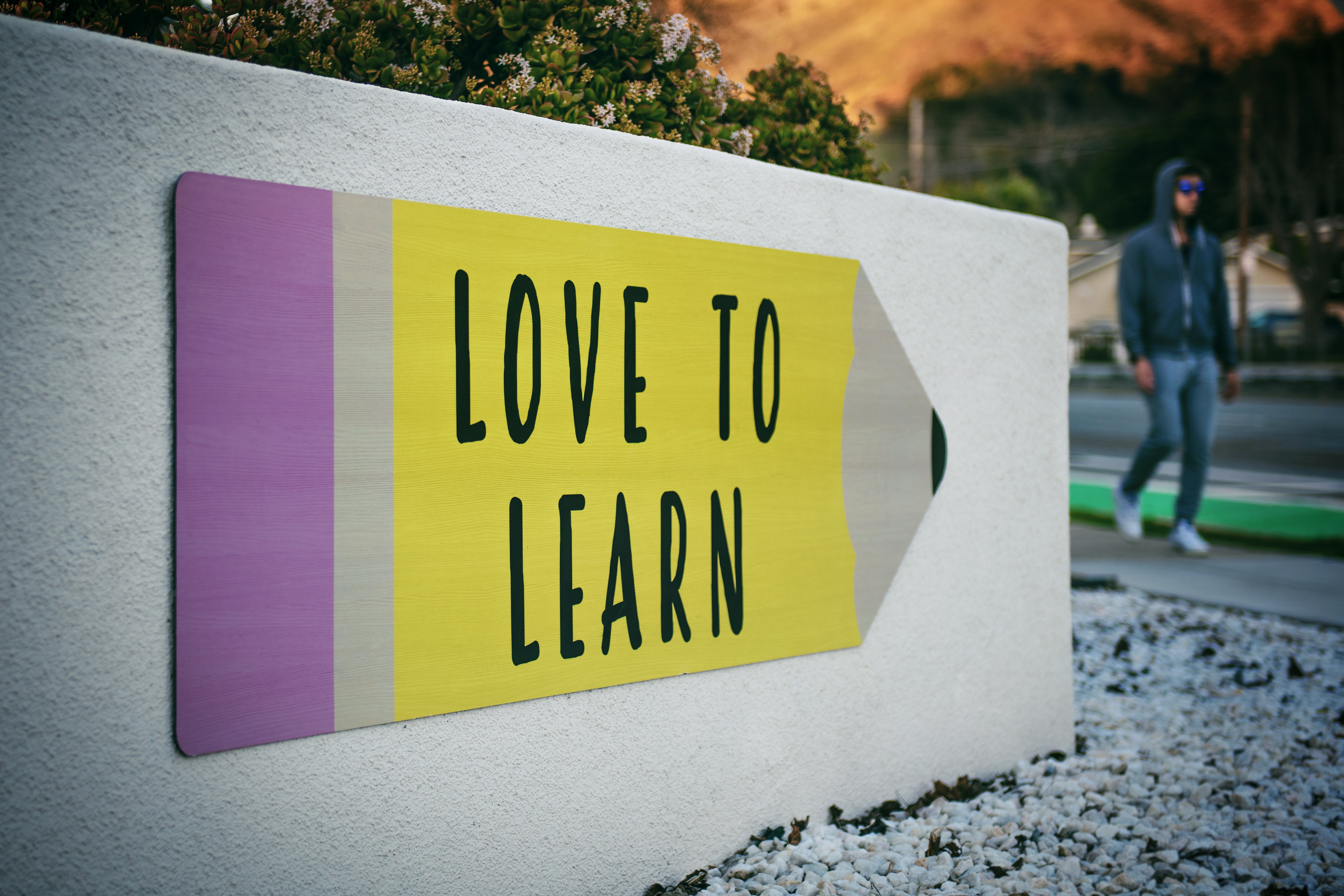For generations, the foundation of academic learning has been the traditional learning model or the classroom. It is the area of physical learning when pupils and teachers engage and share information and experiences in close quarters. However, with the introduction of the internet and the spread of digital technologies, online learning has gained popularity. COVID-19 is another important component that has increased the appeal of online learning. Schools, universities, and all other academic institutions were compelled to hold virtual classes due to the global pandemic.
All of the educational activities had to take place online because of the global pandemic. You may be wondering, “Which learning is best for me?” because everyone who participated in online learning throughout this time has had a variety of experiences. Both options offer advantages and disadvantages, so let’s examine their differences and similarities.
What is Online Learning?
Online learning, also known as e-learning, is an educational approach conducted through the internet or digital technologies. It offers flexibility in how students access and engage with educational content. Online learning comes in various forms, including synchronous learning with real-time interactions, asynchronous learning for self-paced study, hybrid models combining online and in-person instruction, and Massive Open Online Courses (MOOCs) for large-scale participation. It utilizes learning management systems, video conferencing, discussion forums, and multimedia resources to facilitate education.

The advantages of online learning include flexibility, accessibility, global reach, and opportunities for self-directed learning. Learners can access materials from anywhere, accommodating diverse schedules and needs. However, challenges like the need for self-discipline, potential isolation, and technical issues should be considered.
Online learning has gained prominence, especially in recent years, as it enables individuals to acquire new skills, earn degrees, or engage in lifelong learning without physical attendance at traditional institutions. It played a crucial role during crises like the COVID-19 pandemic, making it a primary mode of education for many students, highlighting its importance in modern education.
What is Traditional Learning?
Traditional learning, often referred to as conventional or brick-and-mortar education, is the time-tested approach to learning that involves physical presence in classrooms or educational institutions. In this system, students and teachers gather in the same location, following a structured curriculum organized into grade levels or academic years. Scheduled classes and instructor-led teaching are central components, creating a fixed routine for students. Instructors play a vital role in delivering lectures, facilitating discussions, assessing student progress, and providing guidance.

Traditional education also relies on physical resources like textbooks, libraries, and laboratories to support learning. Furthermore, it offers a broader social and extracurricular experience, encompassing clubs, sports, and cultural activities.
However, traditional education is not without challenges, and it has evolved in response to changing educational needs and technological advancements. In recent times, there has been a notable integration of technology into education, resulting in blended learning approaches that combine in-person and online elements.
Additionally, alternative forms of education, such as online learning and homeschooling, have gained popularity due to their flexibility and adaptability to individual learning styles and circumstances. Traditional education remains a foundational model, but it is increasingly complemented and enriched by these emerging educational approaches.
Difference of Online Learning and Traditional Learning in terms of:
Cost
Online learning and traditional education differ in terms of cost. Traditional education typically involves higher tuition fees, room and board expenses, commuting costs, and miscellaneous campus-related expenses. In contrast, online learning often offers cost savings, with lower tuition fees, no need for on-campus housing or commuting, and fewer campus-related expenses. Both online and traditional students may require similar technology-related investments. The specific cost differences can vary based on the institution, program, and individual circumstances, so it’s crucial for students to assess their financial considerations when choosing between these educational options.
Assessment
Online learning and traditional education vary in terms of assessment methods. Traditional education employs in-person assessments like exams, quizzes, assignments, and presentations. Instructors can directly oversee these assessments. In contrast, online learning employs digital assessment methods, including online quizzes, written assignments, and virtual presentations. Online assessments offer greater scheduling flexibility but may require additional measures to ensure academic integrity, such as online proctoring.
Traditional education often uses physical resources and immediate feedback, while online learning relies on digital resources and electronic feedback. In both cases, assessment tools differ, with traditional education using physical materials and online learning relying on digital platforms.
Socialization
Online learning and traditional education differ in terms of socialization opportunities. In traditional education, students engage in frequent face-to-face interactions, participate in on-campus activities, and develop social skills through in-person communication. On the other hand, online learning primarily relies on digital means for socialization, offering less spontaneous and in-person interaction. While online students can access virtual clubs and networks, the social experience is often different from the traditional on-campus setting.
Flexibility
Online learning provides high flexibility, enabling students to study at their own pace and choose when and where they learn. This flexibility is ideal for individuals with diverse schedules and those who prefer self-paced education. In contrast, traditional education follows rigid schedules and set class locations, offering less flexibility for students with other commitments.
Learning Environment
Online learning occurs in a virtual environment, offering remote access and self-pacing, relying on digital resources, and providing limited in-person interaction. In contrast, traditional education takes place in physical classrooms with scheduled classes, follows a structured curriculum, emphasizes in-person interaction, and provides access to physical resources and extracurricular activities.
Similarities of Online Learning and Traditional Learning
Despite their differences, online learning and traditional education share several similarities.
- Educational Goals – Both online learning and traditional education aim to facilitate learning, knowledge acquisition, and skill development to help students achieve academic and career goals.
- Accreditation – Many reputable online institutions and traditional educational institutions are accredited by recognized accreditation bodies, ensuring that their programs meet certain quality standards.
- Curriculum and Content – Both modes of education often cover similar subject matter and academic content, providing students with access to a wide range of courses and academic disciplines.
- Assessment – Both online and traditional education rely on assessments, such as quizzes, exams, assignments, and projects, to evaluate students’ understanding and progress in their courses.
- Instructors – Qualified instructors, often with academic degrees and expertise in their fields, play a central role in both online and traditional education. They deliver lectures, provide guidance, and assess student performance.
- Learning Resources – Both modes provide access to learning resources, which may include textbooks, research materials, digital libraries, and multimedia materials to support student learning.
- Interaction and Communication – While the nature of interaction differs, both online and traditional education promote student-instructor and student-student communication and collaboration. Online learning uses digital tools for this purpose, while traditional education relies on face-to-face interaction.
- Grading and Feedback – Instructors in both online and traditional settings provide grading and feedback to help students understand their performance and make improvements in their coursework.
Pros and Cons of Online Learning
Pros of Online Learning
- Online learning offers the flexibility to choose when and where you study. You can access course materials and complete assignments at your convenience, making it suitable for individuals with busy schedules or those balancing work and family commitments.
- Online courses are accessible to a global audience, breaking down geographical barriers. This enables individuals from diverse backgrounds to access quality education and training, including those in remote or underserved areas.
- Online programs often have lower tuition fees compared to traditional in-person programs. Additionally, you can save money on commuting, housing, and textbooks, making education more affordable.
- Online platforms typically provide a range of resources and multimedia materials, allowing you to choose content and formats that align with your learning style and preferences. This customization can enhance your learning experience.
- Online education offers access to a wide range of courses and programs, including specialized and niche subjects that may not be available locally. You can select from diverse fields of study to meet your specific educational and career goals.
Cons of Online Learning
- One significant drawback of online learning is the absence of in-person social interaction. This lack of face-to-face contact with instructors and peers can result in a less engaging and potentially isolating educational experience.
- Online learners need strong self-discipline and motivation to stay on track with their studies and complete assignments without the structure and reminders provided in traditional classroom settings.
- Technical issues such as unreliable internet connections, software compatibility problems, or platform glitches can disrupt the online learning experience and create frustration for students.
- Building relationships with peers and instructors may be more challenging in an online setting. This can affect networking opportunities, which are often crucial for personal and professional development.
- Some online learners may experience feelings of isolation or disconnectedness from the learning community, which can negatively impact their engagement, motivation, and overall satisfaction with the learning process.

Pros and Cons of Traditional Learning
Pros of Traditional Education
- Traditional education allows for in-person interactions between students and instructors, facilitating immediate feedback, classroom discussions, and personal connections.
- Traditional classrooms follow a structured schedule with set class times and locations, providing a routine that can be helpful for some students.
- Traditional learners have access to physical resources such as libraries, laboratories, and on-campus facilities, enhancing their learning experience.
- Some fields of study, particularly those requiring hands-on skills, laboratory work, or practical training, are well-suited to traditional education.
- Traditional institutions often offer a wide range of extracurricular activities, clubs, sports, and social events that contribute to the overall personal and social development of students.
Cons of Traditional Education
- Traditional education follows a fixed schedule, making it less flexible for students who need to work, have family commitments, or prefer a more customized learning approach.
- Attending a traditional institution may require relocation or commuting, which can be inconvenient and costly.
- Tuition and associated expenses, such as housing and textbooks, are often higher in traditional education compared to online learning.
- Overcrowded Classes: In larger universities and colleges, some classes may be overcrowded, leading to less personalized attention from instructors.
- Slower Pace: Traditional education often moves at a fixed pace, which may not be suitable for students who learn at a faster or slower rate. This can lead to frustration or underachievement.
Benefits of Choosing Online Courses for Your Education
Choosing online courses for your education offers numerous benefits, including flexibility in scheduling and location, accessibility to a global audience, cost savings, customized learning options, a wide variety of courses, and self-paced learning. It also encourages the development of digital skills, provides a global perspective, supports career advancement, and can be a safe option during health crises.
Conclusion
Online learning offers numerous advantages that make it a compelling choice for many individuals seeking education in today’s digital age. It provides flexibility in terms of scheduling and location, allowing learners to tailor their education to fit their lifestyles and commitments. Online courses often offer a wider range of subjects and specializations, enabling learners to explore their interests in-depth. Additionally, the ability to access a vast array of resources and collaborate with a diverse community of learners from around the world enhances the overall learning experience.
Online learning can be more cost-effective as it eliminates the need for commuting and often has lower tuition fees. It also encourages self-discipline and time management, crucial skills in today’s fast-paced world. The ongoing advancements in technology further enhance the quality of online education, with interactive multimedia, virtual laboratories, and real-time communication tools providing engaging and effective learning experiences. While traditional learning certainly has its merits, such as face-to-face interaction and a structured classroom environment, online learning has demonstrated its ability to adapt and evolve, making it a viable and increasingly preferred option for learners of all backgrounds and circumstances.
As technology continues to advance, online learning is poised to become an even more accessible and efficient means of acquiring knowledge and skills, making it a compelling choice for those seeking an education that suits their individual needs and aspirations.
Vonza makes it easy to sell online courses, memberships, products, and turn your knowledge into income. Start your 14-day Trial today




